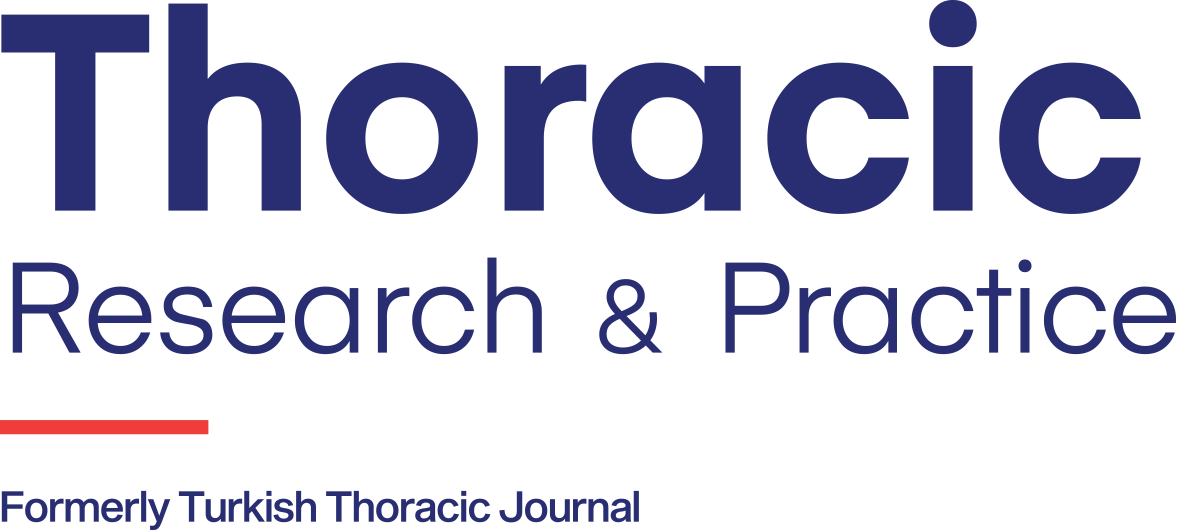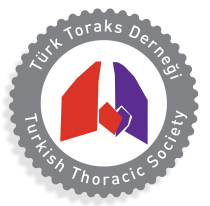Abstract
OBJECTIVE:
Coronavirus disease 2019 (COVID-19) caused morbidity and mortality worldwide. Besides the acute effects, subacute and long-term effects are defined as long-COVID causing morbidity. The intensive care unit (ICU) data of long-COVID-19 cases were evaluated with the participation of 11 centers.
MATERIAL AND METHODS:
Study was designed by Turkish Thoracic Society Respiratory Failure and Intensive Care Working Group to evaluate long COVID-19 patients. All patients followed up in the ICU with long-COVID diagnosis were included in point prevelance study.
RESULTS:
A total of 41 long COVID-19 patients from 11 centers were included in the study. Half of the patients were male, mean age was 66 ± 14, body mass index was 27 ± 5. Hypertension, diabetes mellitus, lung cancer, malignancy, and heart failure rates were 27%, 51%, 34%, 34%, and 27%, respectively. Eighty percent had received COVID vaccine. Patients had moderate hypoxemic respiratory failure. APACHE II, SOFA score was 18 (14-26), 6 (3-8), respectively. Forty-six percent received invasive mechanical ventilator support, 42% were sepsis, 17% were septic shock. Bilateral (67%), interstitial involvement (37%) were most common in chest x-ray. Fibrosis (27%) was detected in thorax tomography. Seventy-one percent of patients received antibiotherapy (42% carbapenem, 22% linezolid). Sixty-one percent of the patients received corticosteroid treatment.
CONCLUSION:
More than half of the patients had pneumonia and the majority of them used broad-spectrum antibiotics. Presence of comorbidities and malignancies, intensive care severity scores, intubation, and sepsis rates were high. Receiving corticosteroid treatment and extensive bilateral radiologic involvement due to COVID-19 might be the reasons for the high re-admission rate for the ICUs.
Cite this article as:
Tunçay E, Moçin Ö, Ediboğlu Ö, et al. Evaluation of long-Coronavirus Disease 2019 cases readmitted to intensive care units due to acute respiratory failure: Point prevalence study. Thorac Res Pract. 2024;25(4):162-167.



